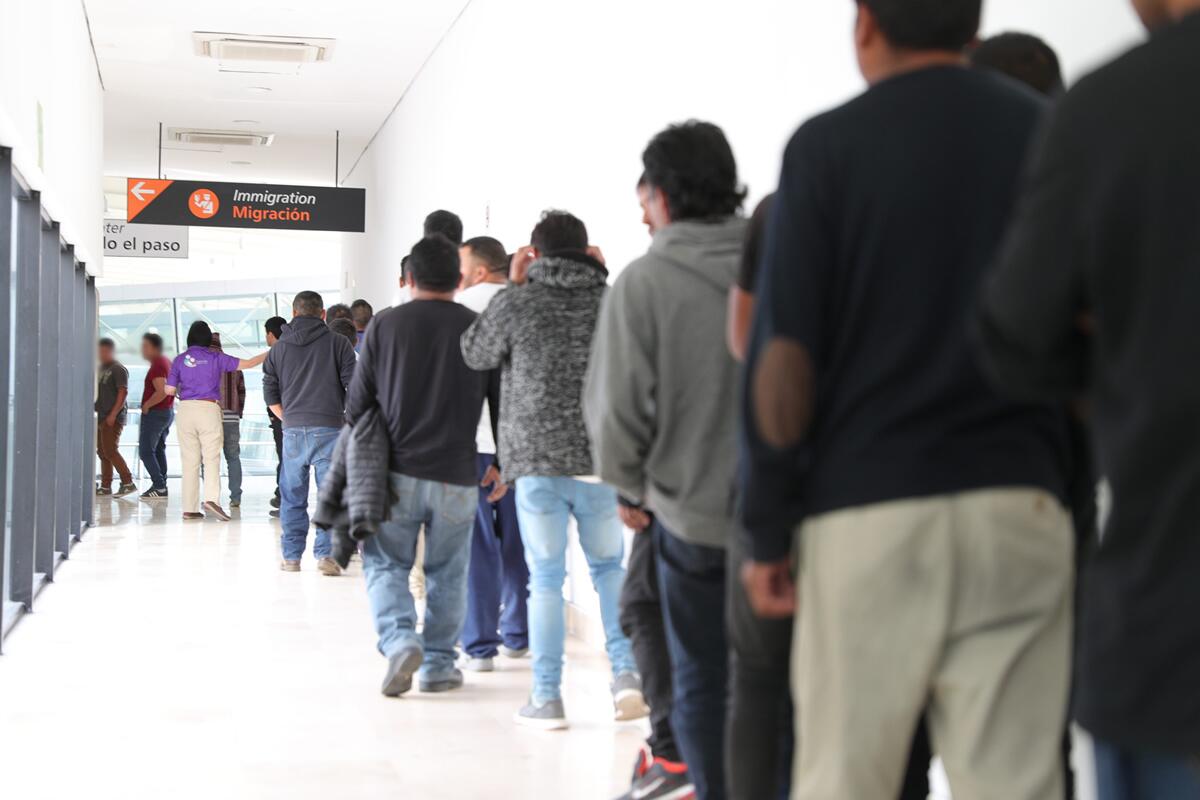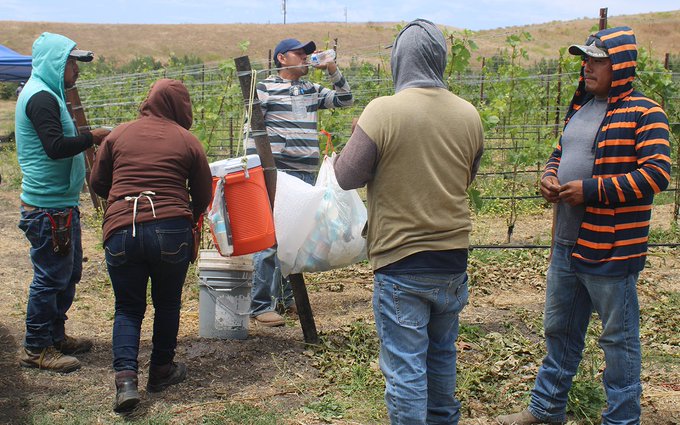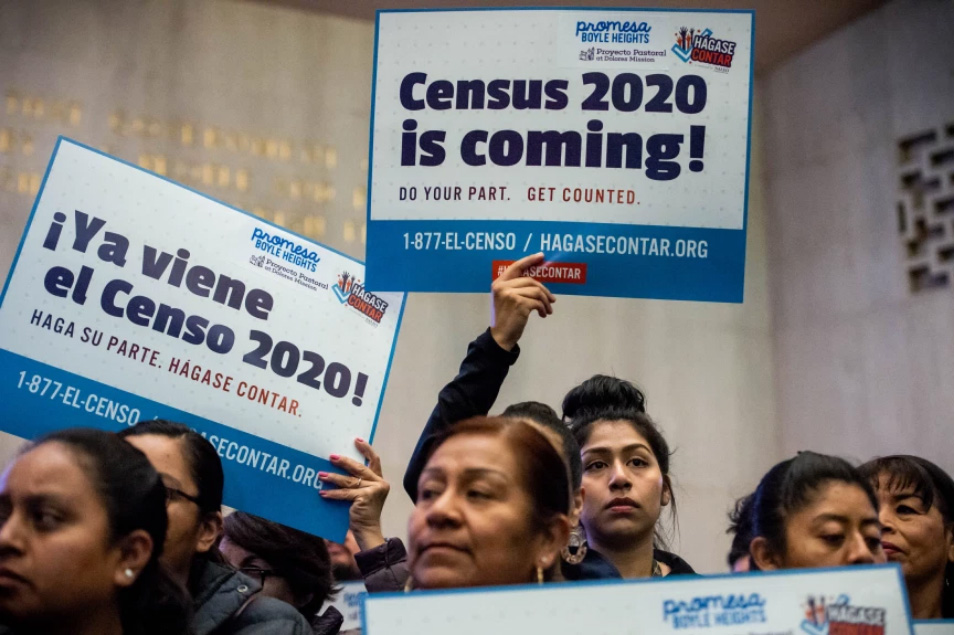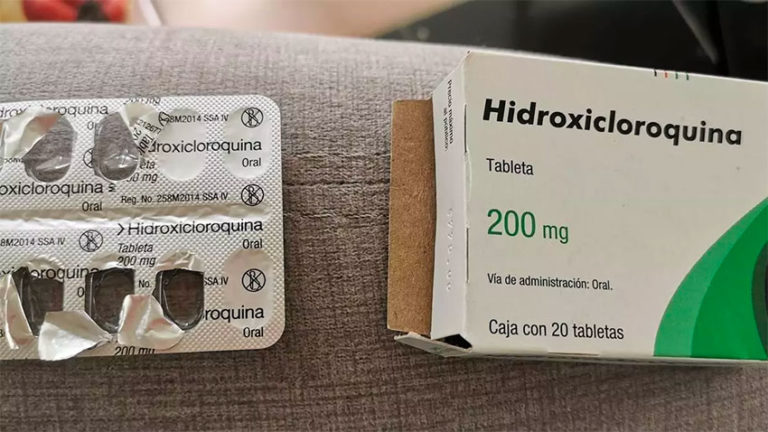NOTE FROM THE EDITOR
Dear readers:
Did you know that supermarkets food’ stock can run out of food in approximately three days after an interruption of the food supply? This is because food is not grown in the cities but has to be brought in by trucks. The following article deals with this ignored possibility, and investigative journalist, James Corbett, brings you an expanded vision of what could happen under different political scenarios. – Marvin Ramírez.
by James Corbett
May 02, 2020
If you’ve spent any time around the conspiracy realists who understand the true nature of the central banking fraud, the political fraud, the war on terror fraud and all of the other deceptions that are sold to the public by their misleaders, you’ve no doubt heard some iteration of the following remark:
“As long as Joe Sixpack and Jane Soccermom have their football and their cheeseburgers, nothing’s ever going to change.”
The implication is that if we can halt the flow of mindless entertainment that distracts the masses and the chemically-processed garbage that keeps them fat and sluggish, we could have a revolution by the morning.
Be careful what you wish for.
The sports were the first to go. (In fact, the cancellation of the NBA season was the moment I realized they were going to go all the way with the plandemic psyop.)
And now, in case you hadn’t noticed, the cheeseburgers are disappearing.
The latest news is that McDonald’s is now taking direct control over how much beef and pork each franchisee will receive. This comes on the back of ominous statements from major McDonald’s suppliers like Tyson Foods, whose chairman is now warning that “millions of pounds of meat will disappear from the supply chain” as the plandemic starts to cripple food processing plants.
Now, there are no doubt many people who are relieved to hear that McDonald’s may be forced to limit the sales of its chemical-laden, poisonous garbage “food products” (and, trust me, I’m one of them). And there are no doubt many who are relieved to hear of the impending collapse of the factory food processing system that has so utterly disconnected us from the real sources of our food.
But, once again, I must warn you to be careful what you wish for. What is happening right now is not cosmic revenge for the poisoning of the public with toxic garbage that the factory food processors and fast food purveyors have been engaging in for decades; it is actually the next step in the complete reengineering of the food supply and the fundamental transformation of the human experience that such a reengineering entails.
First, we have to understand that this is no mere American phenomenon. It is happening in Canada. And the UK. And Europe. And China. And Japan.
And it’s not just beef and pork supplies that are being disrupted. It’s milk. And produce. And rice. And wheat.
And it’s not just the food processors whose entire industry is being upended by this chaos. It’s wreaking havoc for farmers. And truckers. And supermarkets. And restaurants.
And to make it all even more horrific, the crisis won’t just effect the food supply itself. It will effect all of those workers in these industries who are being laid off as a result of the disruption, who now find themselves among the ranks of the recently unemployed who are lining up at food banks, which, as you might imagine, are struggling to keep up with the record demand on their dwindling reserves.
In case you can’t see the bigger picture yet, what is already in the process of happening is a fundamental disruption of the entire food chain that much of the world relies on. The impact of this disruption is only just now beginning to be felt, and the ripples caused by this cascading chain of failures and crises will directly effect every single person reading these words at some point in the near future.
Demand for food aid is already leading to stampedes in Kenya and protests in Bangladesh and looting in Colombia and clashes in South Africa. Given that we’ve already seen supermarket freakouts and shopping brawls breaking out in the US and Australia and the UK, can there be any doubt that severe food shortages will cause widespread chaos in the streets of the developed world? (In case there is any doubt, I’ll just leave this here.)
If only the Problem that is causing this Reaction had an easy Solution!
Oh, wait! There is! It’s called “lab-grown meat” and it’s being served up by Bill Gates and his corporate cronies.
Yes, as James Evan Pilato and I discuss in the latest edition of New World Next Week, everyone’s favorite billionaire philanthropist just happens to have a burning desire to help the planet by switching them over to lab-grown meat for some reason. (Hmmm. Funny, that. Must be part of that same selfless impulse that motivates him to inject as many poor, starving children as possible with his experimental vaccines.)
Before the vegans in the crowd start celebrating the realization of their dream to get the world to stop eating meat, we should all realize this for what it is. This is not a kumbaya moment where the world acts to reduce animal suffering, but the ultimate achievement of the global food corporatocracy’s wildest dream: to replace the food supply with a fully synthesized, patented, corporate product that cannot be grown in the field or raised in a farm. If this corporate takeover of the food supply happens of your food will come directly from Big Food, Inc.
In fact, not only was Gates an important early backer of “Impossible Burger” and its lab-grown synthetic biology food substitute, but, as Corbett Report member Camille of PleaseStopTheRide points out, he is also investing millions into “hacking your microbiome” to reengineer your gut bacteria. You see, as it turns out, researchers are discovering that the microbiome—the mixture of bacteria, fungi and viruses that develop in the gut—can have serious effects on children’s physical and mental development, especially in the first year of life. So the same man who is extremely concerned about overpopulation is also plowing millions of dollars into researching how food supplements can help poor third world children grow up big and strong. What could go wrong?
But don’t worry about Gates; his investments are already paying off. The “fake meat” industry is raking in the cash in the corona world order, with Impossible Foods Inc. in particular using the generated crisis as an opportunity to expand into 777 more grocery stores across the US. (Hey, at least it wasn’t 666 more stores!)
And there you have it: Problem – Reaction – Solution, food supply edition.
But if you’re interested in this controlled demolition of the food supply chain, I have some advice for you: Don’t post it to Twitter. They’ve already thrown talk about food shortages into the same category as warnings about the safety of 5G technology and banned it from their platform. If there was any greater sign that this is going to become an issue of vital importance in our lives in our very near future, I don’t know what it is.











